This kind of experience must have been experienced by everyone: accidentally choking or choking when eating, and then it will be all right after coughing twice.
This is a common occurrence, and we don’t even care too much.
However, choking on food is very dangerous for children with narrow airways.Perhaps, we gave the child a bean, but when we turned around and went to the kitchen, the child was choked.
This bean is easy to completely block the child’s airway, leading to asphyxia, which is airway obstruction. Airway obstruction is the second most dangerous condition after cardiac arrest and often occurs suddenly.
We thought such tragedies were out of reach, but in fact there were countless…

Source: News Screenshot
At this time, if we have mastered this actually very simple first aid measure, we can save the situation to a great extent and avoid tragedy.
Dr. Clove invited emergency experts today to tell everyone how to deal with choking.

Infants under 1 year of age:
Pat back, press chest
If the child can make a sound or cry, try to make the child cough.
When the child still has a reaction, but can no longer speak or cry, the method of pat back + chest compression is adopted.
Pat back
Hold the baby’s head with your hand and turn the child face down so that the child can lie prone on our arms and our arms are on our thighs.
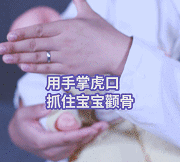
Photo Source: Dr. Clove Video Team
With the palm root of the right hand, beat the midpoint of the line connecting the child’s two shoulder blades for 5 times in a row to check whether the foreign body is discharged.
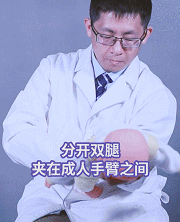
Photo Source: Dr. Clove Video Team
Thoracic compression
If the foreign body is still not discharged, hold the child’s head and neck with your right hand and place it on your right leg.
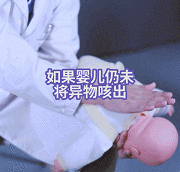
Photo Source: Dr. Clove Video Team
Use your index finger to find the midpoint of the line connecting your baby’s two breasts, and the middle finger will naturally fall below the midpoint of the two breasts after being closed together. Press 5 times in a row, with a frequency of 1 time per second.
After continuous pressing, check the child’s mouth for obstruction.
If so, remove it carefully. If it is still not discharged, cycle back pat and chest pressure until the obstruction is discharged or the child loses response. If the child loses response, start cardiopulmonary resuscitation.
Children or adults over 1 year old:
Abdominal impact method
If the patient can still breathe or cough, encourage the patient to cough.
When the patient still has a reaction but is no longer able to speak or breathe, abdominal impact method (Heimlick first aid method) is used.
Stand behind your back
Ask the patient if he cannot breathe. If the patient nods, tell him that you are going to start first aid.
According to the first aid advice given by the American Heart Association, the rescuer should stand behind the patient with one foot placed between the patient’s two legs. The right hand clenches the fist and the thumb is received into the palm to avoid hurting the patient.
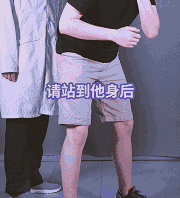
Photo Source: Dr. Clove Video Team
Impact abdomen
Put your arms around the patient’s waist and find the two fingers above the navel. Make a fist with your right hand and aim your tiger’s mouth at the place. The left hand grabs the right hand and the two hands impact the abdomen obliquely from bottom to top.
If the patient is large or pregnant, chest impact should be given. Place both arms under the armpit of the patient and both hands on the lower half of the sternum, and impact with the same technique.
Continuous impact is also required until the obstruction is discharged or the patient loses response.
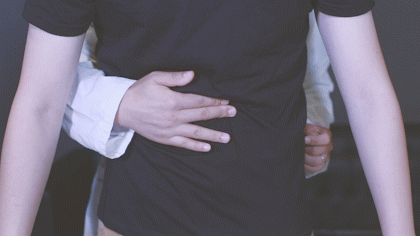
Photo Source: Dr. Clove Video Team
However, it should be noted that abdominal impact method is not only inapplicable to infants under 1 year old, but may even cause injuries.
If you are choking, rescue must be carried out as soon as possible.
For airway obstruction caused by choking, the effective time for rescue is very short. Breathing is not smooth and the brain lacks oxygen. The longer the time, the more unable it will be. Even if it is rescued, it may cause irreversible damage.
The American Red Cross pointed out that the following risks will occur after breathing stops:
4 ~ 6 minutes: may cause brain injury;
6 ~ 10 minutes: brain injury is likely to be caused;
More than 10 minutes: It will definitely cause irreversible brain injury.
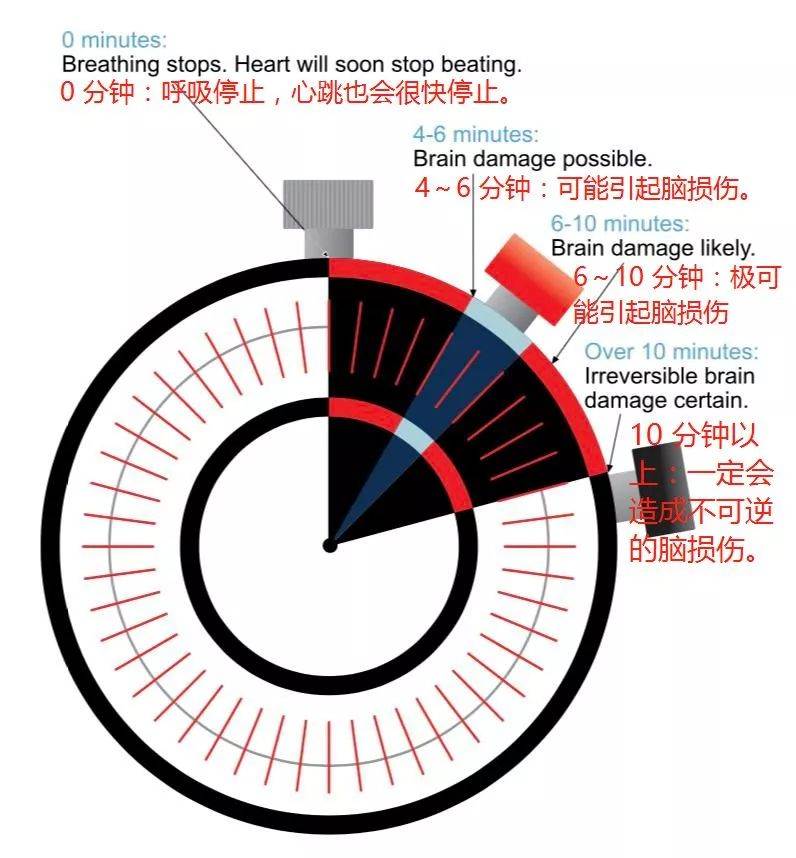
Source: American Red Cross
However, if every minute counts for first aid, there is a chance.
Therefore, whether it is a baby, a young child or an adult, if the other party loses response after choking, please immediately call the emergency number and start cardiopulmonary resuscitation including chest compressions and artificial respiration.
Even if the obstruction has been removed through the above methods, it is necessary to go to the hospital for examination, because the first aid operation may cause risks.
Dr. Clove sincerely hopes that everyone can learn.
More hopefully, no one will use it.

This article is scientific through AHA cardiovascular first aid training program
Director Tutor Zhang Yuanchun Reviewed
-References-
[1] First Aid/CPR/AED Participant’s Manual, American Red Cross, 2014
[2] Heartsaver First Aid CPR AED Student Manual, American Heart Association, 2011
[3] Heartsaver First Aid CPR AED Student Manual, American Heart Association, 2016
[4] Basic Life Support Student Manual, American Heart Association, 2016
[5] Basic Life Support Student Manual, European Resuscitation Council, 2016
[6] DK First Aid Manual (Fifth Edition), American College of Emergency Physicians, 2014
[7] First Aid, CPR, and AED Advanced (Seventh Edition), American Coolege of Orthopaedic Surgeons, American College of Emergency Physicians, 2017
[8] Advanced First Aid CPR AED Student Manual (Fifth Edition), American College of Emergency Physicians, 2016
[9] CPR & ECC Guidelines (2010), American Heart Association, 2010 Published on Circulation
[10] CPR & ECC Guidelines (2015), American Heart Association, 2015 Published on Circulation
[11] Resuscitation Guidelines (2010), European Resuscitation Council, 2010 Published on Resuscitation
[12] Resusciation Guidelines (2015), European Resusciation Council, 2015 Published on Resusciation
[13] Resuscitation Guidelines (2015), Resuscitation Council UK, 2015
[14] EMNOTE First Aid, CPR & AED Guidelines, EMNOTE Acute Care Academy, 2018
[15] A life-saving man to preventive food-choking, Ingalls TH, N Engl J Med. 1979; 300 (17): 990.
16 Heimlich versus a slap on the back, Ingalls TH, N Engl J Med. 1979; 300 (17): 990.
[17] Chest Compression-an alternative to the Heimlich manoeuver? , Skulberg A, Resuscitation. 1992; 24 (1): 91.
[18] The choking control: critique of evidence on the Heimlich maneuver., Redding JS, Crit Care Med. 1979; 7 (10): 475.
[19] Rupture of the lesser gastric curvature after a Heimlich maneuver., Gallardo A, Rosado R, Ram í rez D, Medina P, Mezquita S, S á nchez J, Surg Endosc. 2003; 17 (9): 1495.
Source of cover photo: www.hizy.net Genuine Photo Library
Editor: Karen
